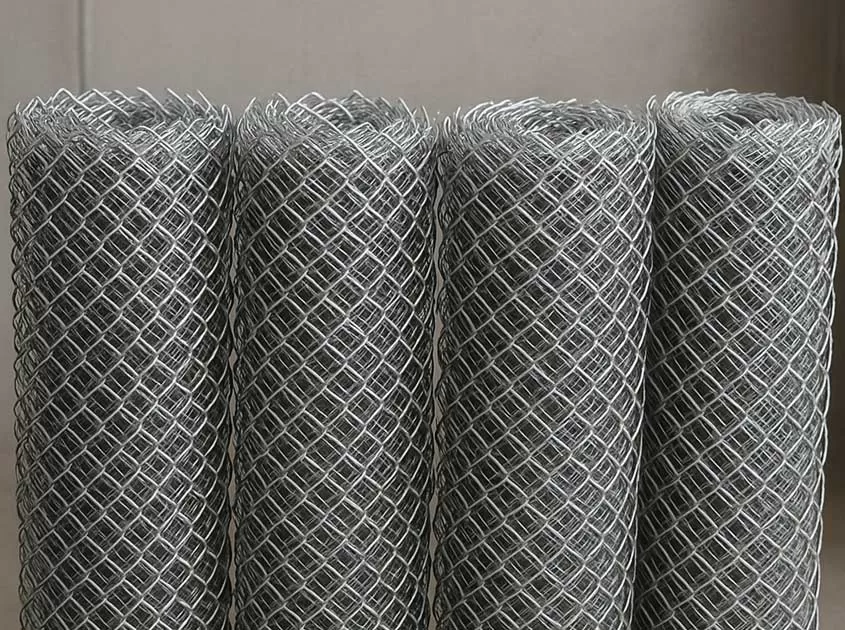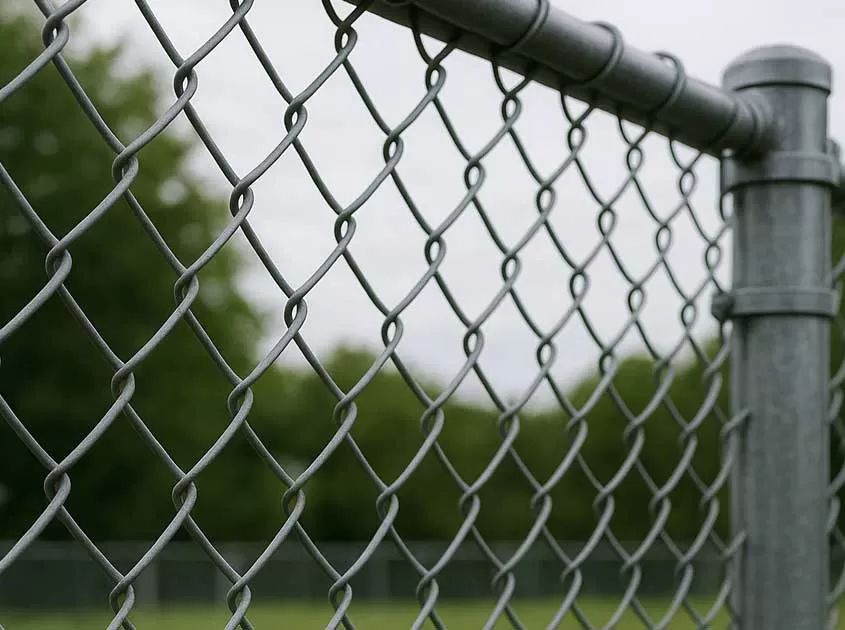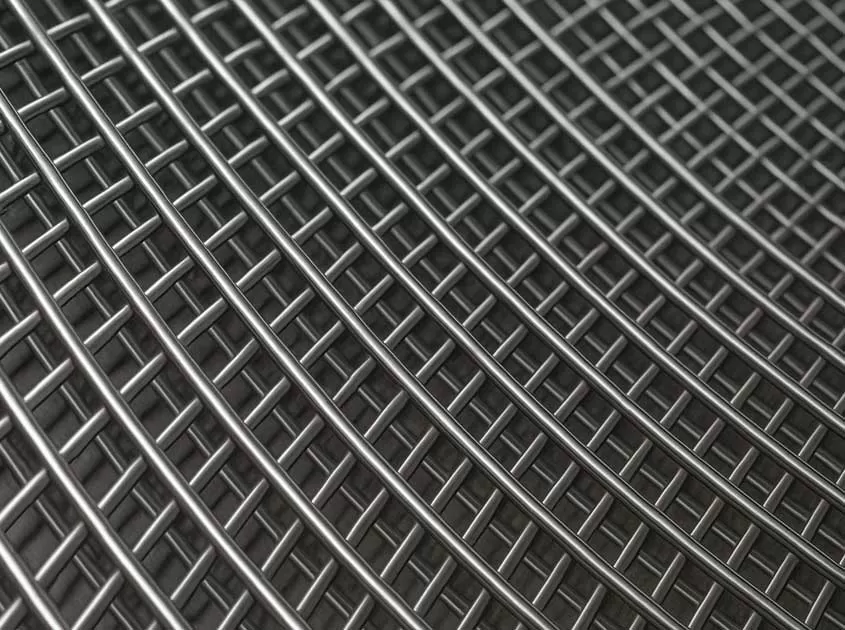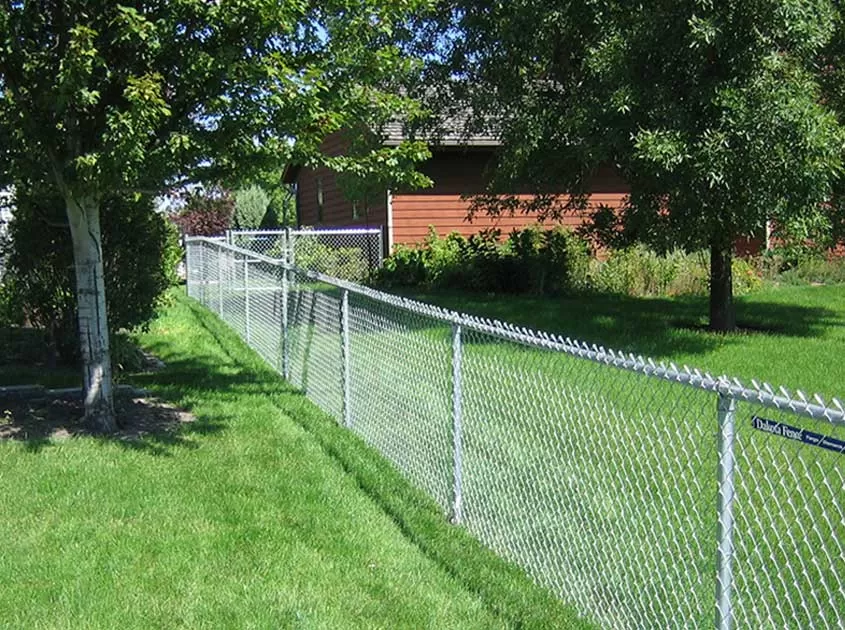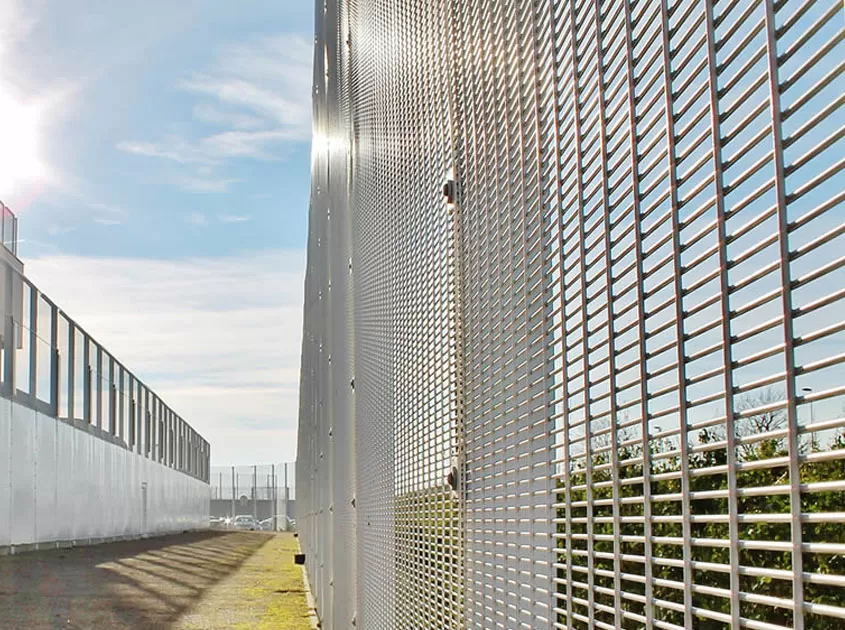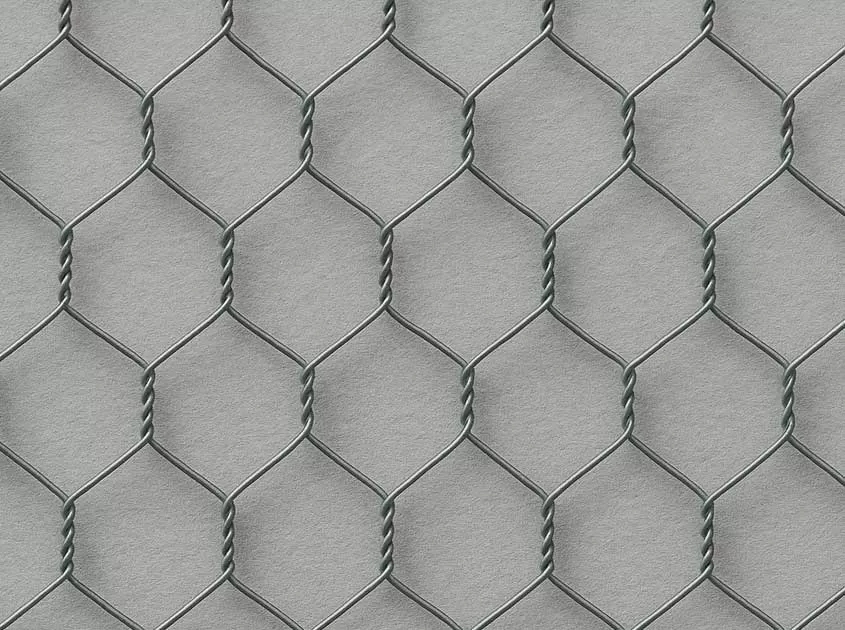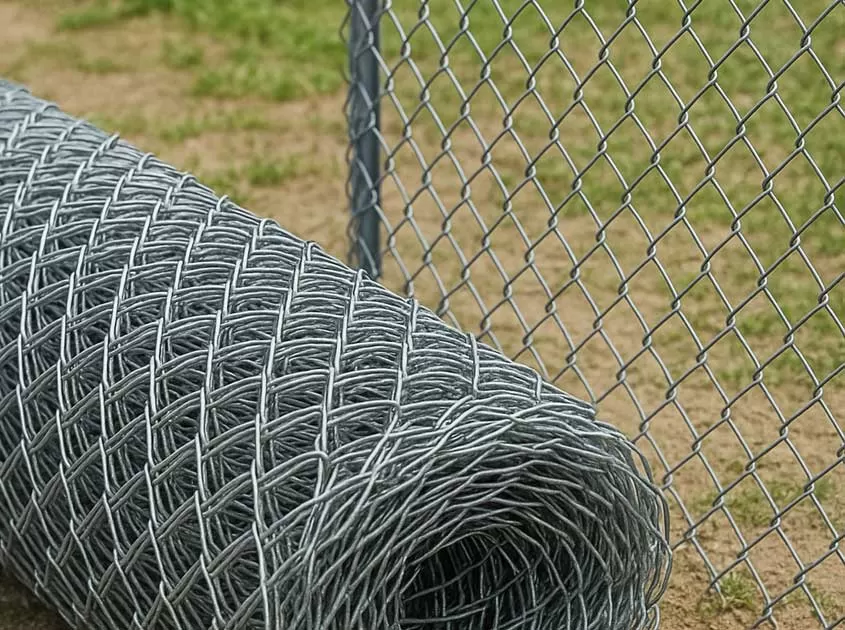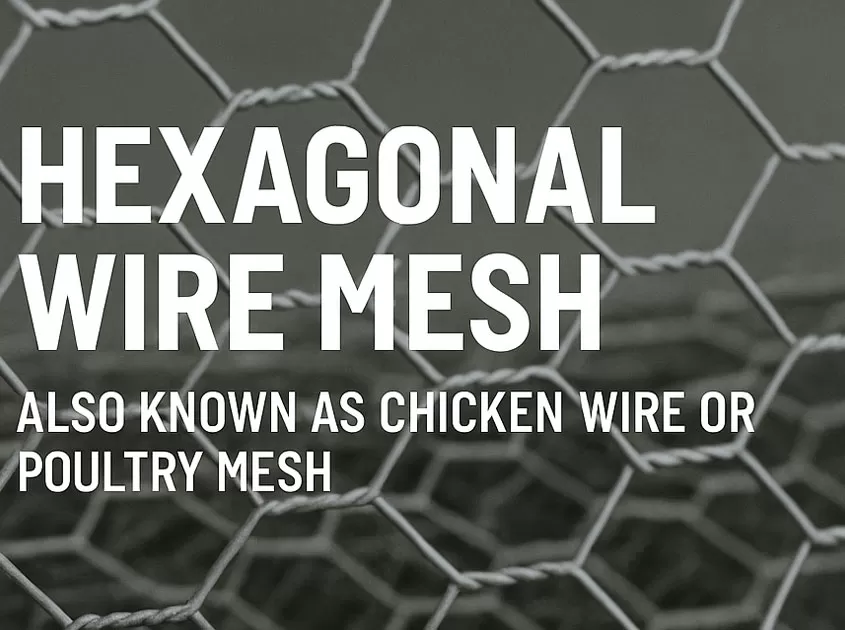How Does the Cost of Chain Link Fence Rolls Compare to Traditional Fencing Materials
In this article, we will explore and compare the cost of chain link fence rolls with traditional fencing materials. By understanding the financial aspects associated with these options, individuals and businesses can make informed decisions that align with their budgetary constraints.
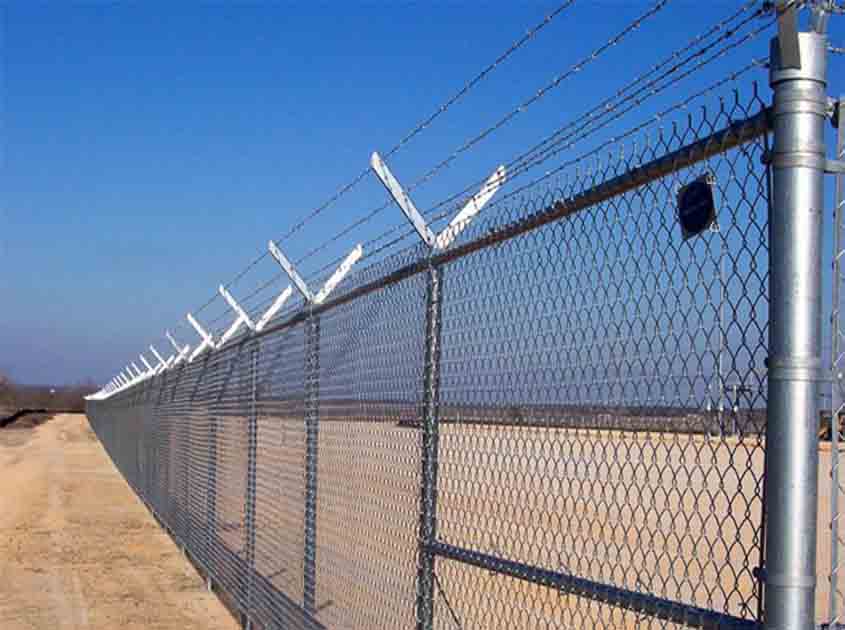
Initial Installation Cost:
One of the primary factors to consider when assessing the cost of fencing is the initial installation expense. Chain link fence rolls typically offer a cost advantage over traditional fencing materials. The materials used in chain link fences, such as galvanized steel wire and posts, are generally more affordable than alternatives like wood, wrought iron, or vinyl. As a result, the upfront cost of installing chain link fence rolls is often lower.
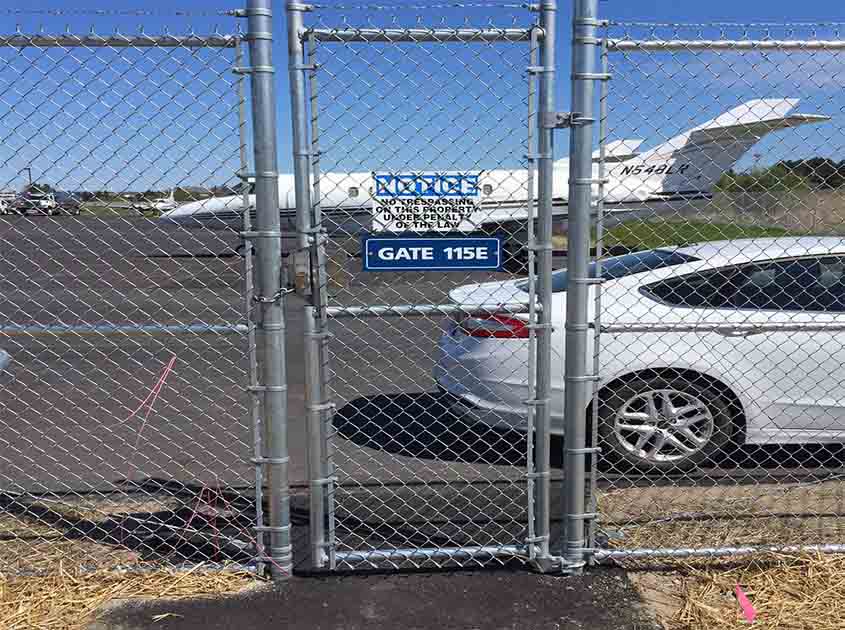
Labor and Installation:
The cost of labor and installation is another significant aspect to consider. Chain link fence rolls are relatively simple to install, requiring fewer specialized skills and tools compared to traditional fencing materials. This leads to reduced installation costs, as less time and labor are required. On the other hand, traditional fencing materials, such as wood or wrought iron, may demand more intricate installation techniques and specialized expertise, resulting in higher labor costs.
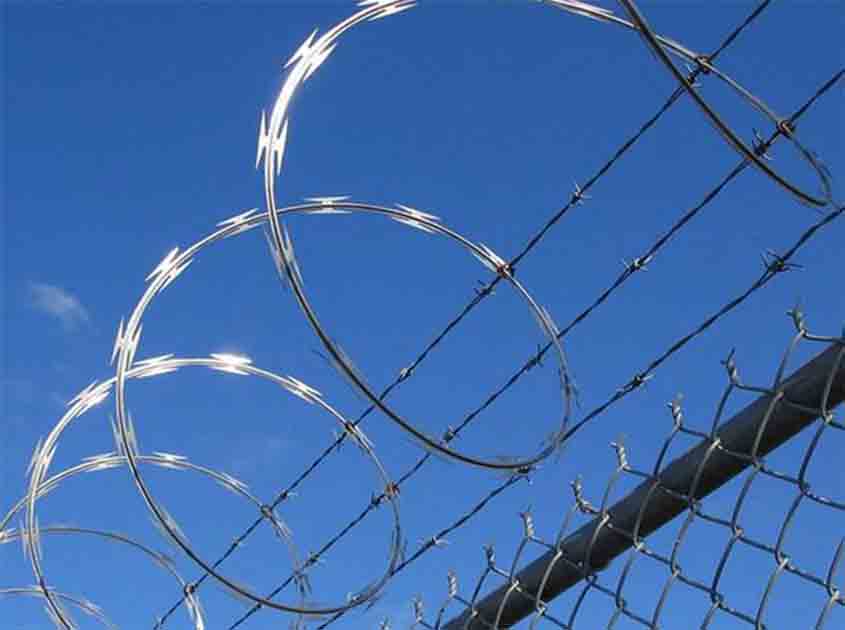
Maintenance and Repair Expenses:
When evaluating the overall cost of a fence, it is crucial to consider ongoing maintenance and repair expenses. Chain link fence rolls are known for their low maintenance requirements. The galvanized steel construction provides excellent resistance against corrosion and deterioration. Occasional cleaning and inspections are usually sufficient to keep the fence in good condition. In contrast, traditional fencing materials may require more frequent maintenance, such as staining, sealing, or repainting, which can add to the long-term costs.
-
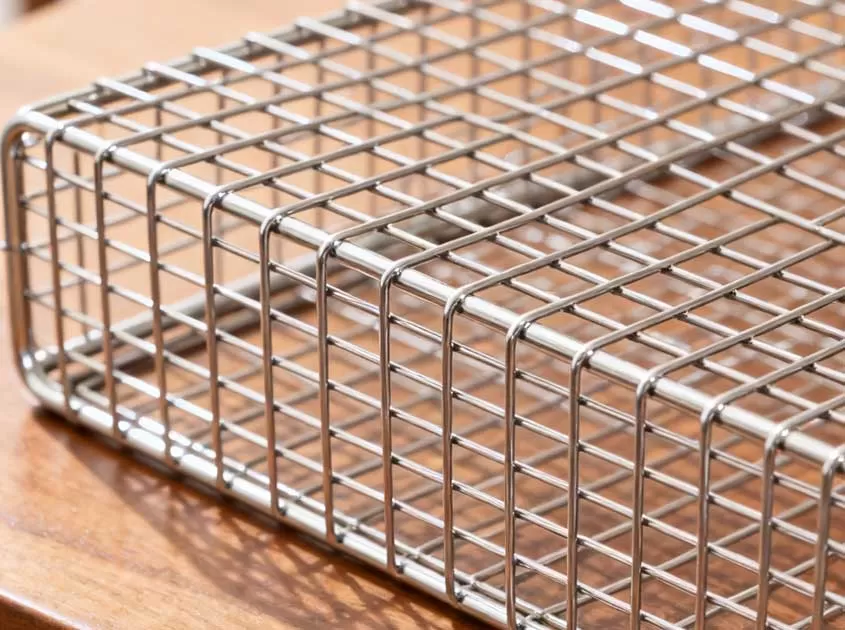 Corrosion-Resistant Stainless Steel Wire Mesh Oct 28, 2025
Corrosion-Resistant Stainless Steel Wire Mesh Oct 28, 2025

- Tel.: +86 311 83077076
- E-mail: sales@qunkunmetal.com
- Skype: qunkunsales01
- WhatsApp: 8618032412189
- Add.: No.69 The Filter Industrial Part of Anping, Hebei, China




